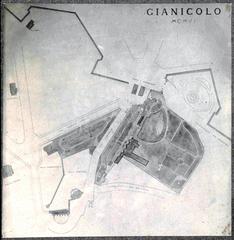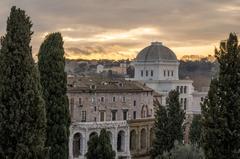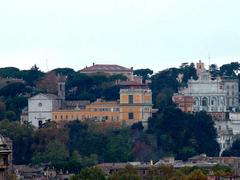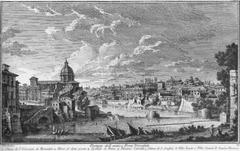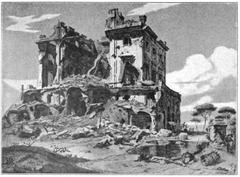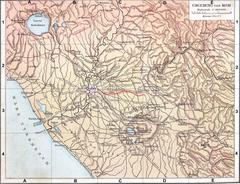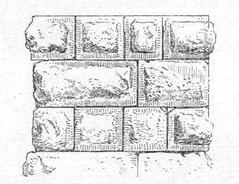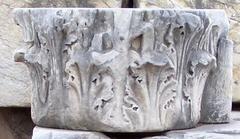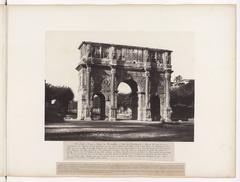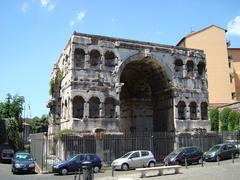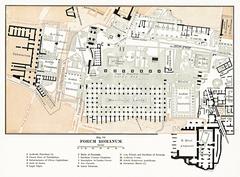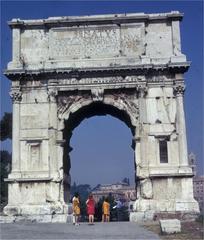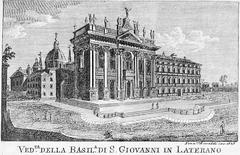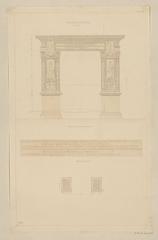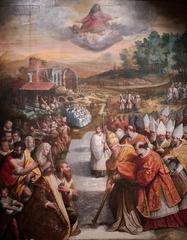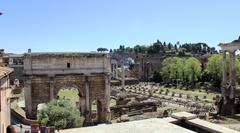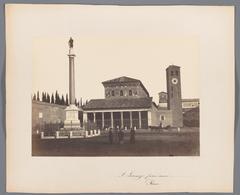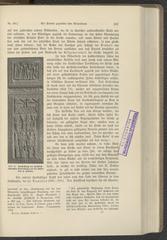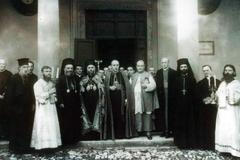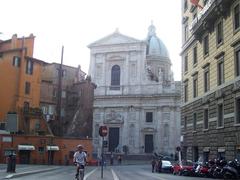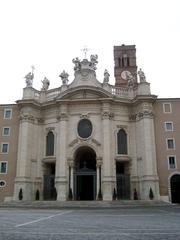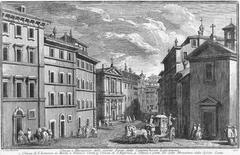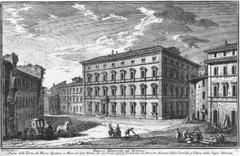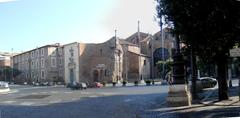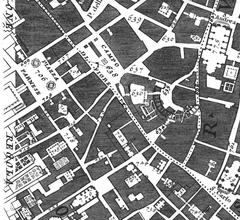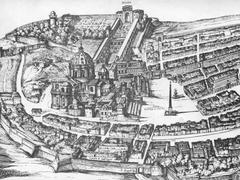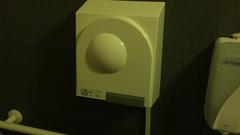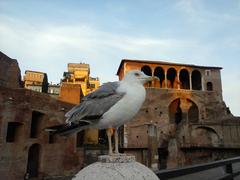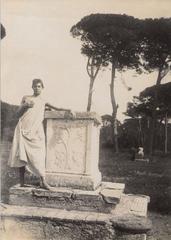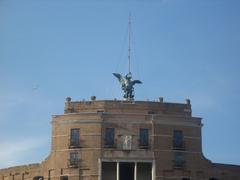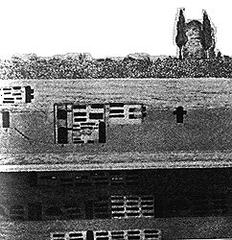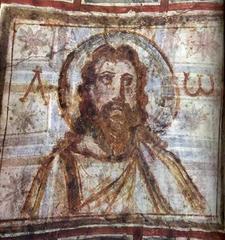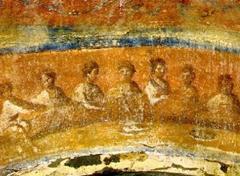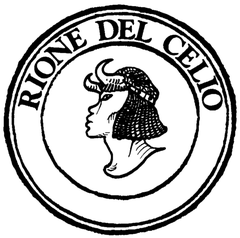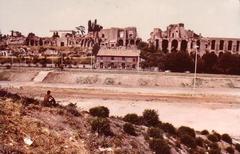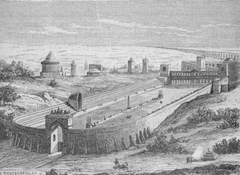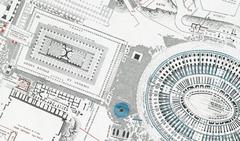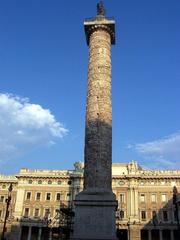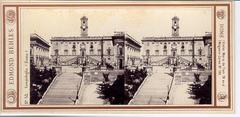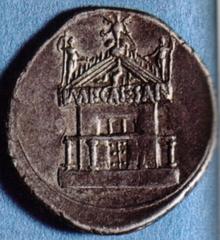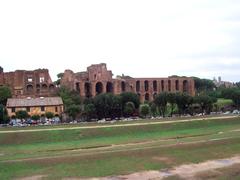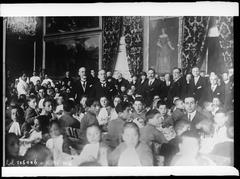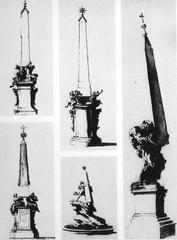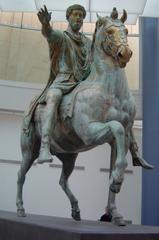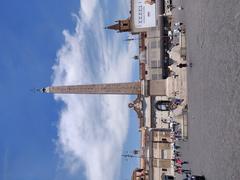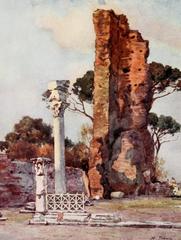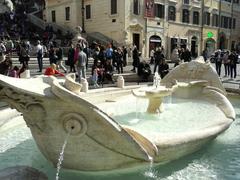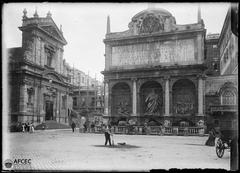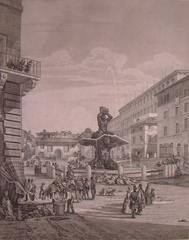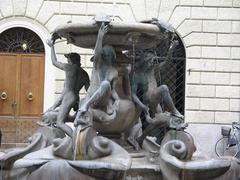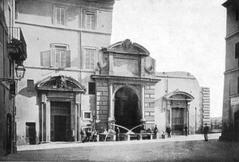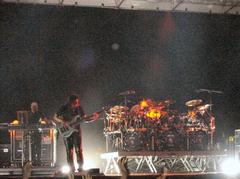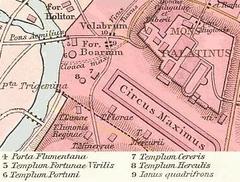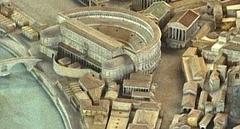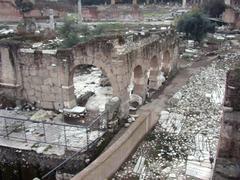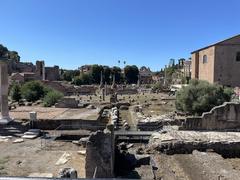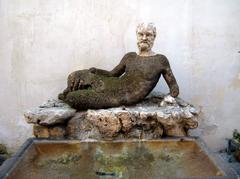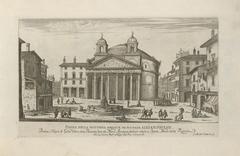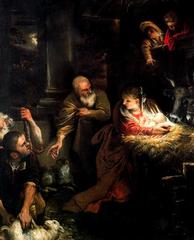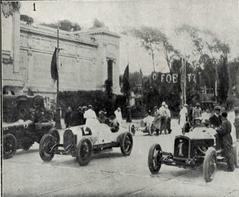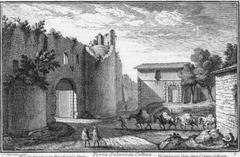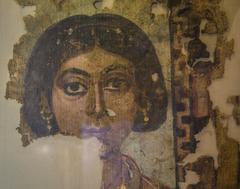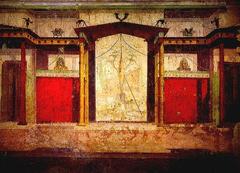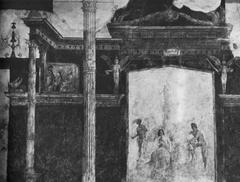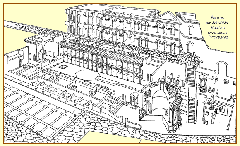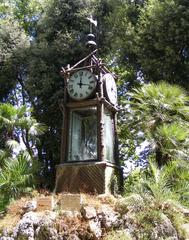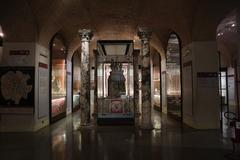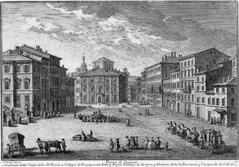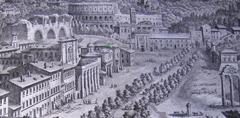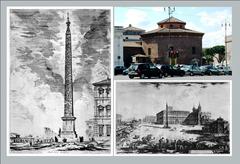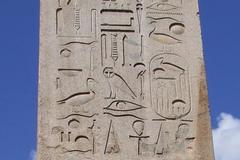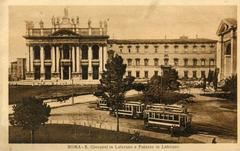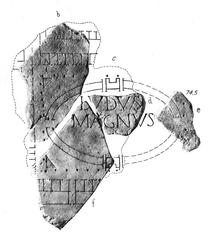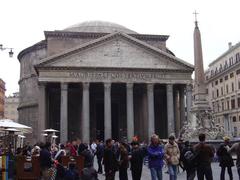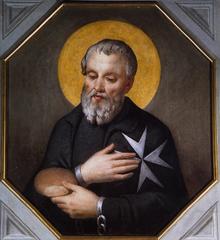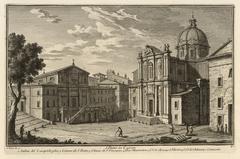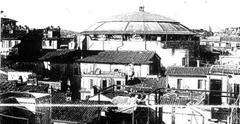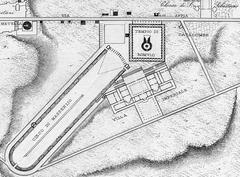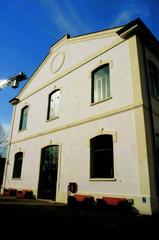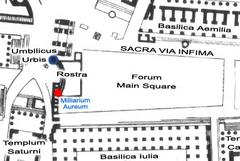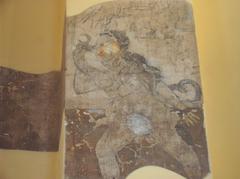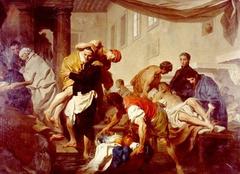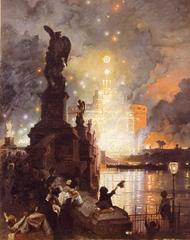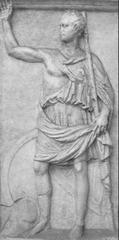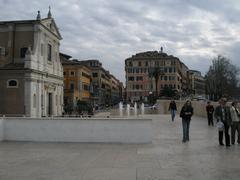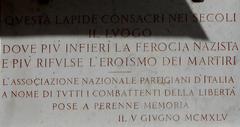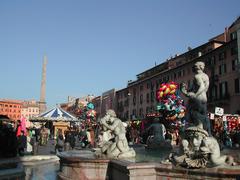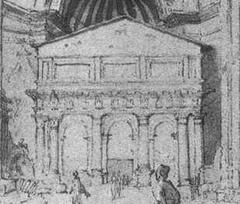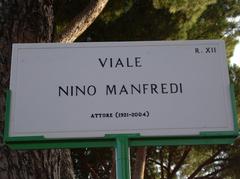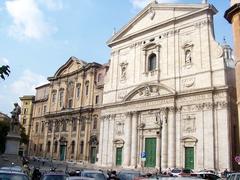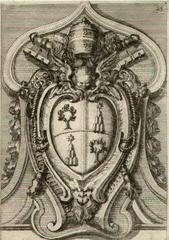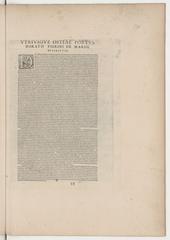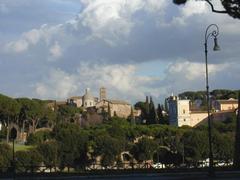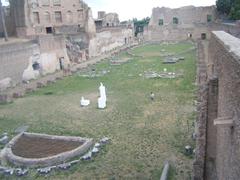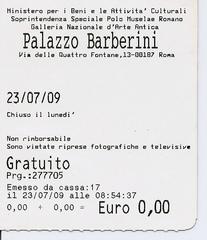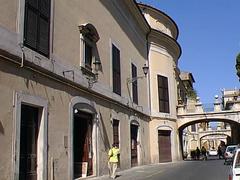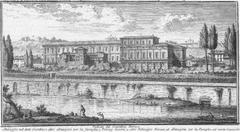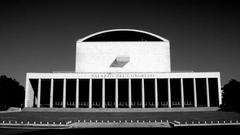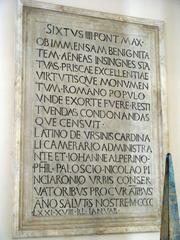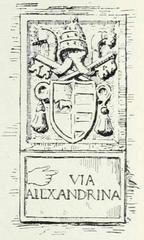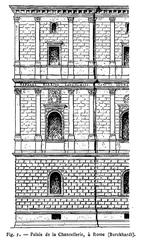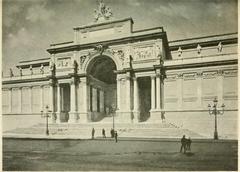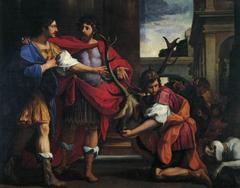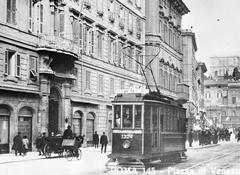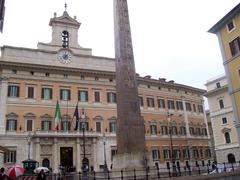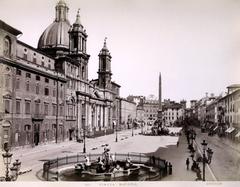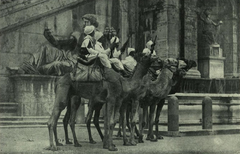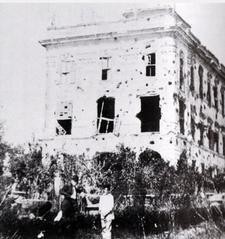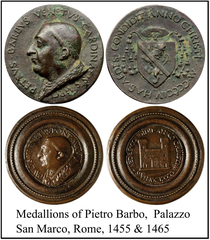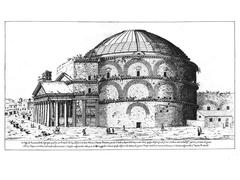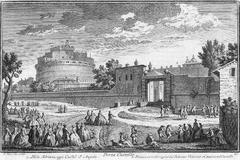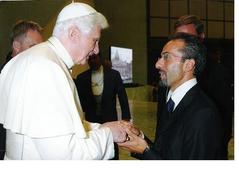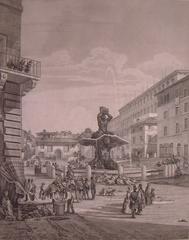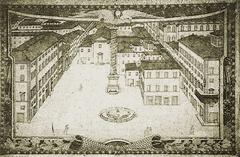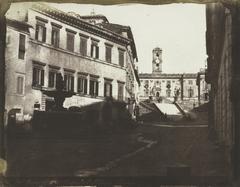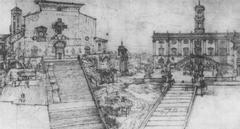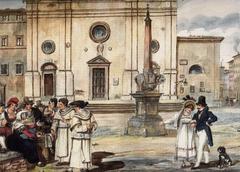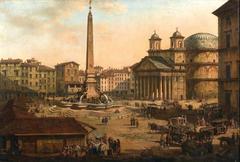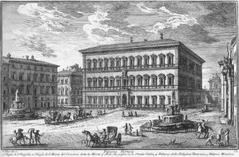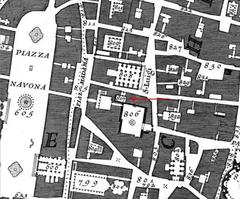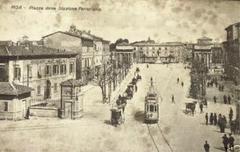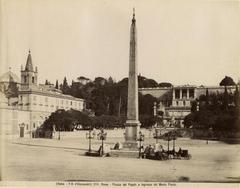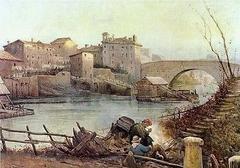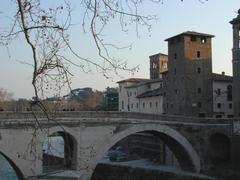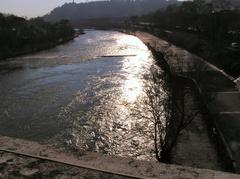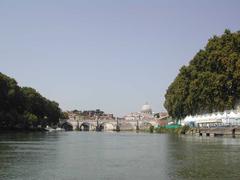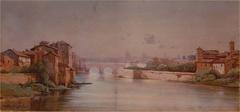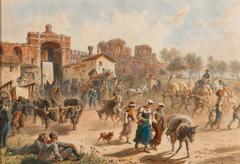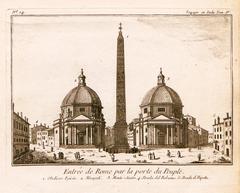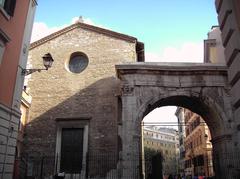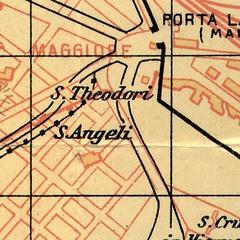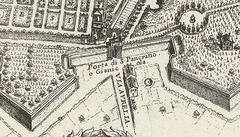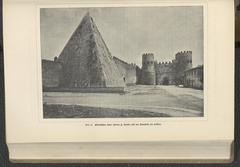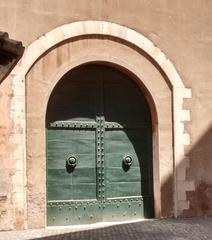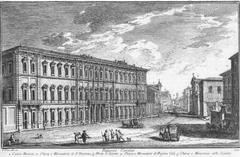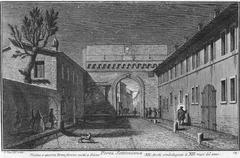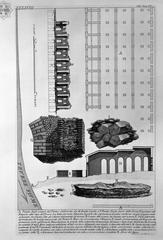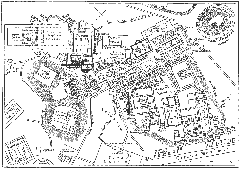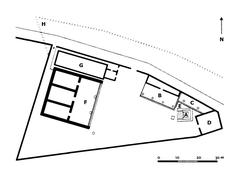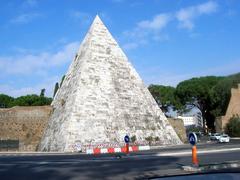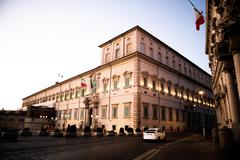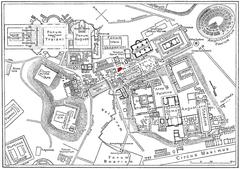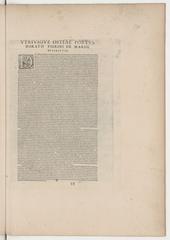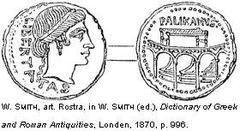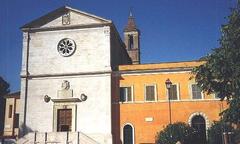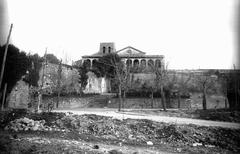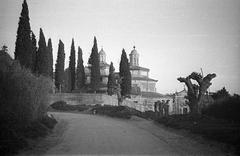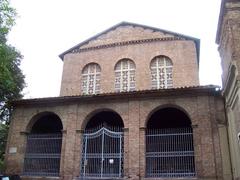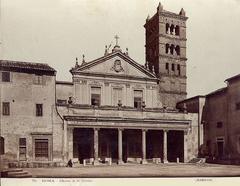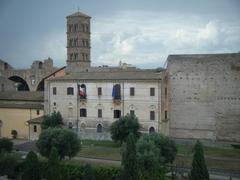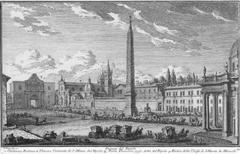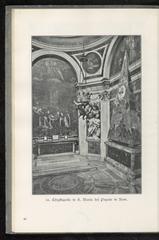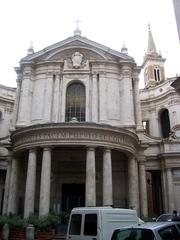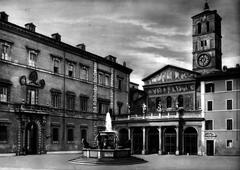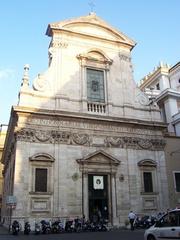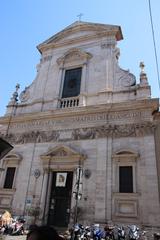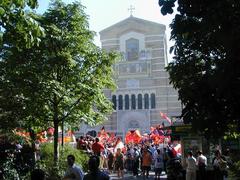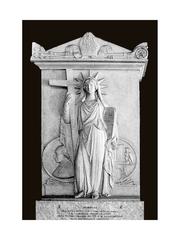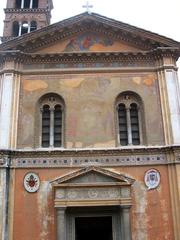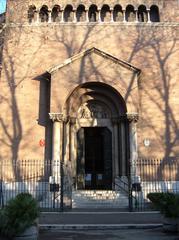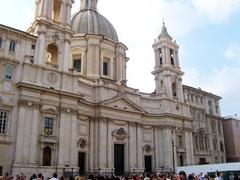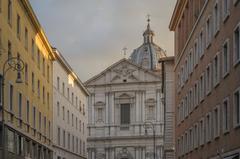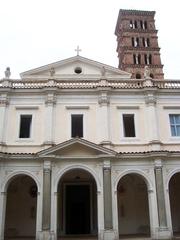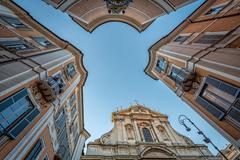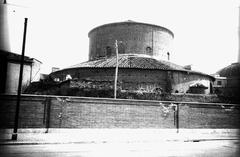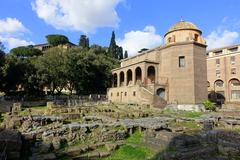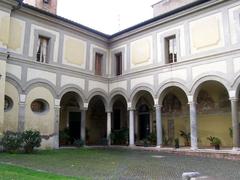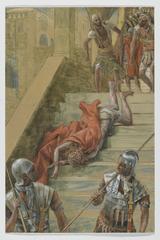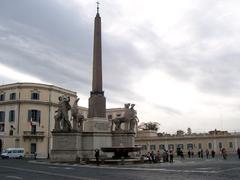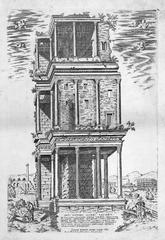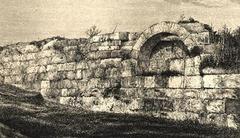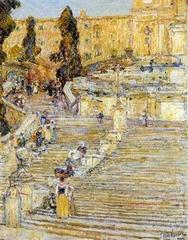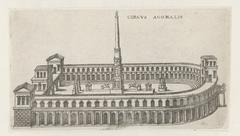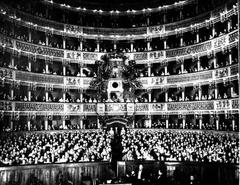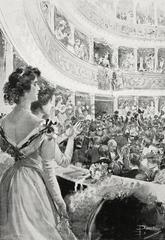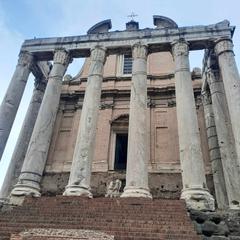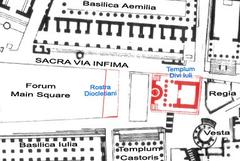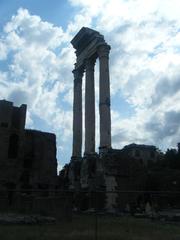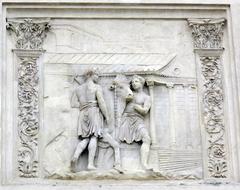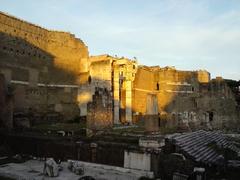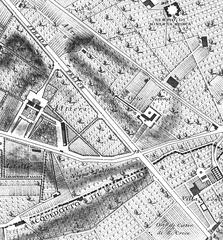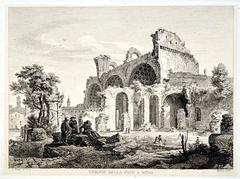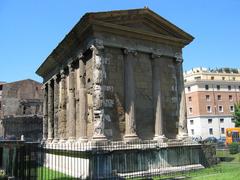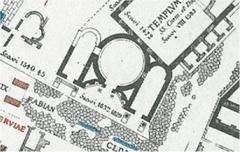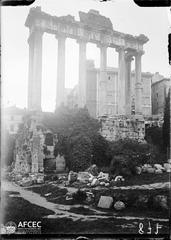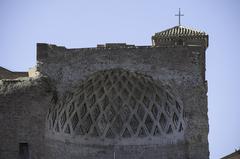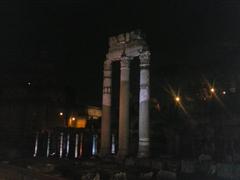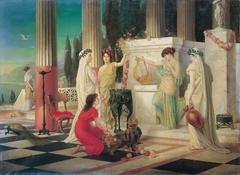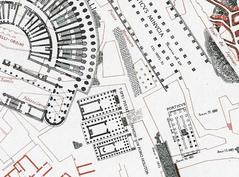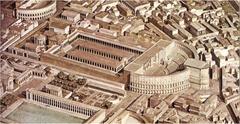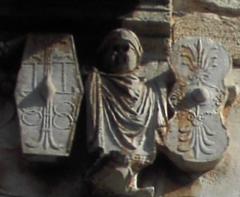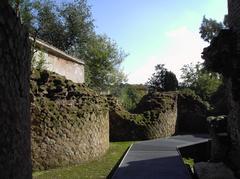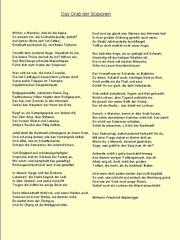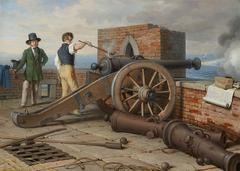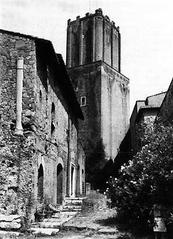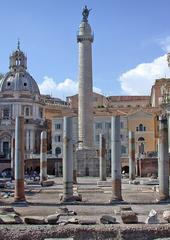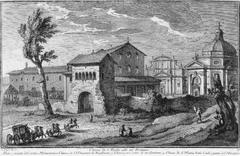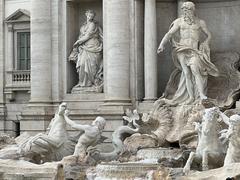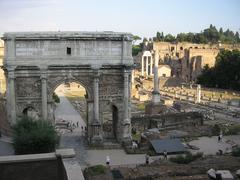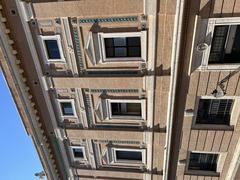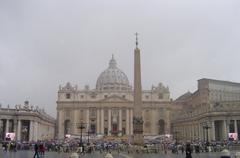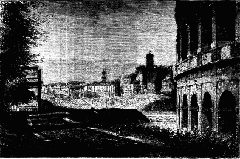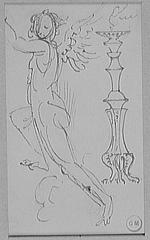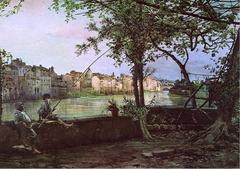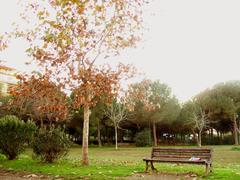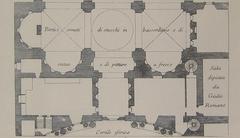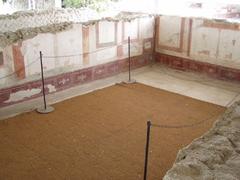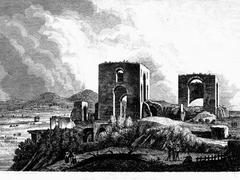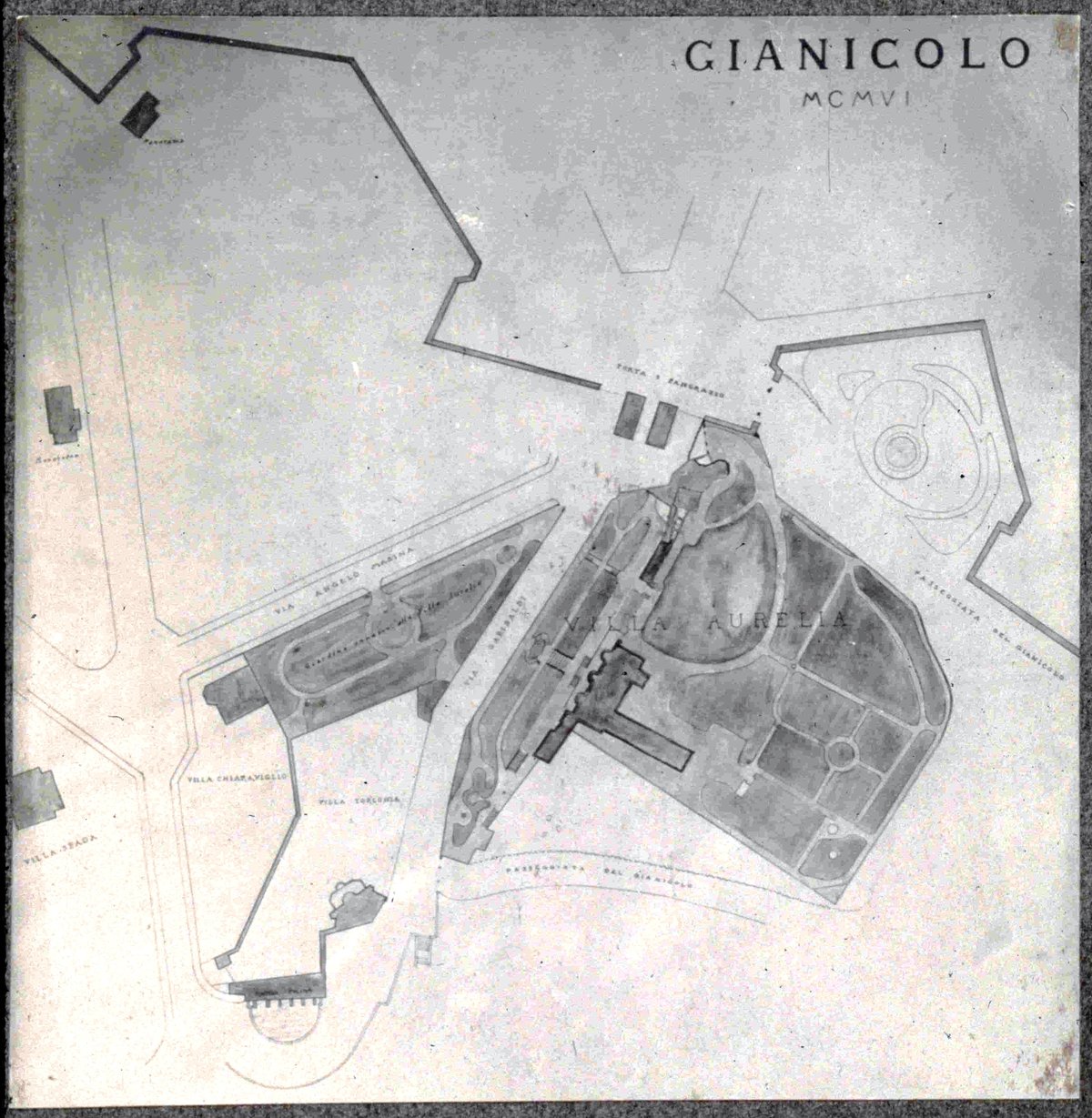
Comprehensive Guide to Visiting Piazzale Giuseppe Garibaldi, Rome, Italy
Date: 17/07/2024
Introduction
Piazzale Giuseppe Garibaldi, perched on the historic Janiculum Hill (Gianicolo) in Rome, is a site that seamlessly blends historical significance with breathtaking panoramic views. Named after Giuseppe Garibaldi, a key figure in the Risorgimento and the unification of Italy, the piazza serves as a poignant reminder of Italy’s tumultuous journey toward unity. Visitors to this landmark are treated to a unique combination of rich history, cultural heritage, and stunning vistas of the Eternal City. The Janiculum Hill itself has been a strategic location throughout Rome’s history, from the Roman Republic era to its role in the 1849 defense of the Roman Republic. Today, it stands as a testament to the enduring legacy of those who fought for Italy’s independence. This guide aims to provide comprehensive information on the historical background, visitor tips, and nearby attractions to help you make the most of your visit to Piazzale Giuseppe Garibaldi (Rome.net, Wanted in Rome, Romeing).
Table of Contents
- Introduction
- Historical Background
- Visitor Information
- Special Events and Guided Tours
- Photographic Spots
- Conclusion
- FAQ
Historical Background
Origins and Naming
Piazzale Giuseppe Garibaldi is named after Giuseppe Garibaldi, often referred to as the “Hero of the Two Worlds” for his military campaigns in both South America and Europe. He played a crucial role in the Risorgimento, the 19th-century movement for Italian unification. The piazzale was established to honor his contributions and serves as a reminder of the struggles and triumphs that led to the formation of modern Italy.
The Janiculum Hill
The Janiculum Hill itself holds significant historical importance. Although not one of the traditional Seven Hills of Rome, it has been a strategic location throughout the city’s history. The hill offers a commanding view of Rome, making it a critical defensive position. During the Roman Republic era, it was the site of the Temple of Janus. The hill’s strategic importance continued through the centuries, particularly during the 1849 defense of the Roman Republic.
The 1849 Defense of the Roman Republic
One of the most notable events associated with the Janiculum Hill and Piazzale Giuseppe Garibaldi is the 1849 defense of the Roman Republic. Rome declared itself a republic in 1849, abolishing the temporal power of the Pope. Giuseppe Garibaldi, along with other patriots, defended the city from the Janiculum Hill against French forces sent by Louis-Napoleon Bonaparte to restore Pope Pius IX. Despite their valiant efforts, the republic fell, but the defense became a symbol of the struggle for Italian unification.
The Monument to Giuseppe Garibaldi
At the heart of Piazzale Giuseppe Garibaldi stands an imposing equestrian statue of Giuseppe Garibaldi, created by the sculptor Emilio Gallori. Unveiled in 1895, the statue depicts Garibaldi on horseback, gazing towards the Vatican, symbolizing his opposition to papal rule. The monument is surrounded by smaller statues and plaques commemorating other heroes of the Risorgimento, including Garibaldi’s wife, Anita, who fought alongside him and is honored with her own statue nearby.
The Ossuary of the Fallen
Adjacent to the piazzale is the Ossuary of the Fallen (Ossario Garibaldino), a solemn monument dedicated to the soldiers who died defending the Roman Republic in 1849. The ossuary contains the remains of many who fought and died on the Janiculum Hill, serving as a poignant reminder of the sacrifices made for Italian unification. The site is marked by a simple yet powerful structure, with inscriptions and plaques that tell the story of the battle and its significance.
The Lighthouse of the Janiculum
Another notable feature near Piazzale Giuseppe Garibaldi is the Lighthouse of the Janiculum (Faro del Gianicolo), also known as the Manfredi Lighthouse. It was a gift from Italian emigrants in Argentina to the city of Rome, symbolizing the connection between Italians at home and abroad. The lighthouse, designed by architect Manfredo Manfredi and inaugurated in 1911, stands as a beacon of unity and hope, illuminating the night sky and offering panoramic views of the city.
The Noon Cannon
A unique tradition associated with the Janiculum Hill is the firing of the noon cannon. Every day at precisely 12:00 PM, a cannon is fired from the hill, a practice that dates back to 1847 when Pope Pius IX introduced it to signal the exact time to the churches of Rome so they could synchronize their clocks. This tradition continues to this day, providing a daily reminder of the city’s rich history and the enduring legacy of its past.
Visitor Information
Visiting Hours
Piazzale Giuseppe Garibaldi is accessible 24 hours a day, allowing visitors to enjoy its historical and scenic offerings at any time.
Ticket Prices
There is no entrance fee to visit Piazzale Giuseppe Garibaldi. However, guided tours may have associated costs.
Travel Tips
- Best Time to Visit: The early morning or late afternoon are ideal for avoiding crowds and capturing beautiful photographs.
- What to Bring: Comfortable walking shoes, a camera, and water to stay hydrated.
- Getting There: The site is accessible by bus and taxi. If you prefer a walk, it’s a pleasant uphill stroll from the Trastevere area.
Nearby Attractions
- Fontana dell’Acqua Paola: A beautiful Baroque fountain located nearby.
- San Pietro in Montorio: A Renaissance church with the Tempietto, a small commemorative martyrium.
- Botanical Garden: A lush green space perfect for a leisurely walk.
Accessibility
The piazzale is partially accessible to those with mobility impairments. There are some uneven surfaces and steps, so caution is advised.
Special Events and Guided Tours
Piazzale Giuseppe Garibaldi occasionally hosts special events and guided tours that delve deeper into its historical significance. Check local event listings or the official Rome tourist website for up-to-date information.
Photographic Spots
The panoramic view from the Janiculum Hill is a perfect backdrop for stunning photographs. Popular spots include the area around the Garibaldi statue and the viewpoints near the lighthouse.
Conclusion
Piazzale Giuseppe Garibaldi is a must-visit site for anyone interested in the history of Rome and Italian unification. From its strategic location on the Janiculum Hill to its rich historical background and breathtaking views, the piazzale offers a unique blend of culture, history, and natural beauty. Plan your visit to this iconic site to immerse yourself in the timeless legacy of Rome.
FAQ
Q: What are the visiting hours for Piazzale Giuseppe Garibaldi?
A: The site is accessible 24 hours a day.
Q: Is there an entrance fee?
A: No, visiting Piazzale Giuseppe Garibaldi is free of charge.
Q: How can I get to Piazzale Giuseppe Garibaldi?
A: The site is accessible by bus, taxi, or a pleasant uphill walk from the Trastevere area.
Q: Are there guided tours available?
A: Yes, guided tours are available and may have associated costs.
Call to Action
For more information on Rome’s historical sites, download our mobile app or follow us on social media. Stay up-to-date with the latest events and tips for your next visit to Rome.
References
- Rome.net. Janiculum Hill. Retrieved from https://www.rome.net/janiculum-hill
- Wanted in Rome. Garibaldi Monument on Janiculum Hill. Retrieved from https://www.wantedinrome.com/news/garibaldi-monument-on-janiculum-hill.html
- Romeing. Janiculum Hill. Retrieved from https://www.romeing.it/janiculum-hill/
- Romewise. Janiculum Hill. Retrieved from https://www.romewise.com/janiculum-hill.html
